E-Commerce
SEO for Fashion Ecommerce
The online fashion industry has seen a huge surge over the past few years. With the rise of eCommerce fashion websites and platforms, fashion brands are looking for ways to improve their online presence.
- International award winners
- 150+ tech SEO experts
- Proven success stories

What is Fashion Ecommerce SEO?
Fashion eCommerce SEO refers to the strategies and practices aimed at optimizing online fashion retail websites for search engines. As the fashion industry is highly competitive, effective SEO is crucial for improving visibility and driving organic traffic.
This involves keyword research tailored to fashion trends, optimizing product descriptions, and enhancing user experience through mobile-friendly designs and fast loading times. By focusing on these elements, fashion brands can connect with their target audience and increase sales in the digital marketplace.
Importance of Fashion Ecommerce SEO
SEO is vital for fashion eCommerce as it enhances visibility in a crowded marketplace, allowing brands to connect with potential customers effectively. With 44% of consumers starting their online shopping journey through a Google search (Source: ecommercedb), optimizing for search engines is essential to capture this audience and drive traffic to your website.
Moreover, the fashion eCommerce sector is projected to reach a staggering $1 trillion by 2024, highlighting the immense opportunity for brands that leverage effective SEO strategies to stand out (Source: Statista).
By focusing on user experience, mobile optimization, and targeted keyword strategies, fashion retailers can significantly improve their conversion rates and overall sales performance. In a world where trends shift rapidly, adapting SEO practices is crucial for maintaining relevance and competitiveness in the dynamic fashion landscape.
Tips on SEO for Fashion eCommerce
Trusted by Global Brands
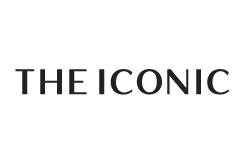

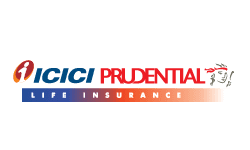
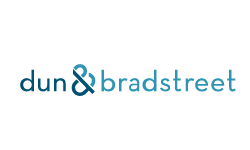





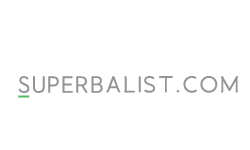

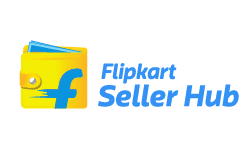


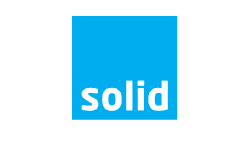
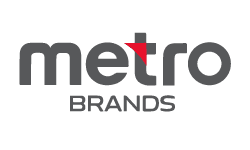



Carla Rabe
Product Lead: Growth at Superbalist
“The most notable outcome is holding the #1 ranking position in South Africa for “Black Friday”related keywords for 3 consecutive years and winning an international SMX award for the best retail search marketing initiative. “
+415% Organic Sessions
+236% Organic Revenue
+240% Return on Investment
FEATURED SUCCESS STORIES

Achint Setia
Vice President - Marketing at Myntra
“Myntra and Infidigit team have a good association with over the past years. The overall value creation has been wonderful. The SEO team has adopted a refreshingly innovative approach that has resulted in Myntra’s improved performance. The team has recently won several awards for this improved performance. We look forward to more such breakthroughs in the future”
+499% Organic Sessions +490% Organic Users +240% Organic Revenue
+415% Organic Sessions
+236% Organic Revenue
+240% Return on Investment
Source: 
Source: 
Source: 
PLATFORMS WE OPTIMIZE
Our Solutions
How to Build a User-friendly Ecommerce Website
Building a user-friendly website is crucial for enhancing the overall customer experience. A well-designed site fosters easy navigation, keeps visitors engaged, and encourages conversions, ultimately leading to increased customer satisfaction and loyalty in today’s competitive online landscape.
1. Make sure your site loads quickly
To ensure your site loads quickly, focus on a few key strategies. First, optimize your images by compressing them without losing quality. Use tools like TinyPNG or ImageOptim for this.
Second, leverage browser caching to store static resources locally, which speeds up repeat visits. Additionally, consider using a Content Delivery Network (CDN) to deliver content from servers closer to your users.
Finally, minimize HTTP requests by combining CSS and JavaScript files. These steps will significantly enhance your site’s loading speed and improve user experience.
2. Create product pages that are easy to shop
Creating easy-to-shop product pages starts with clear, high-quality images that showcase your items from multiple angles. Use concise, informative product descriptions that highlight key features and benefits. Incorporate intuitive navigation with filters for size, color, and price, making it simple for customers to find exactly what they’re looking for.
3. Add calls to action (CTAs) that stand out
Adding standout calls to action (CTAs) can significantly boost engagement. Use phrases like “Shop Now” for immediate purchases, “Discover Your Style” to encourage browsing, or “Join Our Newsletter” for building your email list. Make sure these CTAs are visually distinct, using contrasting colors and strategic placement to capture attention.
4. Choose font carefully
Choosing the right font is essential for conveying your fashion brand’s personality. Elegant serif fonts like Bodoni or Didot can evoke a sense of luxury, while modern sans-serif options like ‘Helvetica’ or ‘Arimo’ offer a clean, contemporary look. For a playful vibe, consider using ‘Lobster’ or ‘Pacifico’. Select fonts that align with your brand’s style!
Time to Refine the SEO for Your Fashion eCommerce Brand
Now that you’re equipped with strategies to enhance your fashion eCommerce SEO, it’s time to implement these tips effectively. Collaborating with experienced SEO professionals like Infidigit can further amplify your results. We specialize in tailored SEO solutions that can elevate your brand’s visibility and drive targeted traffic. Contact them today to discover how they can help your fashion eCommerce business reach new heights through expert SEO strategies.
FAQs for Fashion Ecommerce SEO
How useful was this post?
0 / 5. 0















